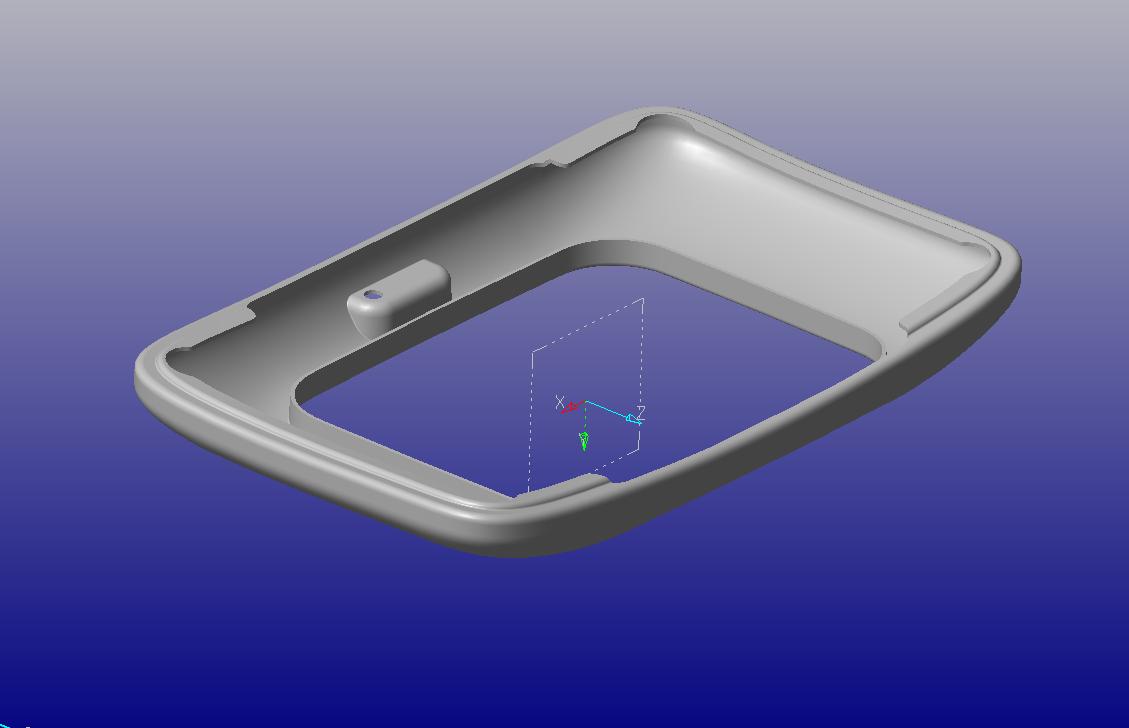Pressure Forming Services
Pressure forming is an innovative plastic production process. In this method, a plastic sheet is formed into a complex and detailed shape. Pressure forming is an improvement to the vacuum forming process.
With conventional vacuum forming, the components are formed by creating a vacuum on the mould side of the sheet. The air pressure is 14.7 extra pounds per square inch (PSI). This is the theoretical maximum forming stress readily available with vacuum forming.


Advantages of Pressure Forming:
- Cost-Effective
- Ability To Form Very Large Parts
- Quicker Tooling
- Complex Shapes
- Projects With Tighter Tolerances
- Pieces With Vents or Louvers
Common uses of Pressure Forming:
- Office Equipment
- Control Pads
- Detailed Components
- Multi-Part Assemblies
- Medical Equipment
- Vented Equipment Enclosures
- Scientific Instruments
- Control Panels
This added forming pressure makes it possible for creating formed plastic with enhanced detail. The appearance on the mould side of a stress formed part could look essentially similar to an injection moulded part. But pressure forming offers a much lower tooling cost than injection moulding. It is also more efficient than other alternate processes such as RIM moulding and architectural foam moulding.
Why use pressure forming?
Lower price tooling compared to injection moulding
Even more economical for moderate quantities
Able to create very large parts
Able to form get rid of great cosmetic or practical information, such as vents or louvers
Able to verify to stringent tolerances
Rapid prototyping and quick time to market
Pressure forming is confirming to be an important technique for many industries. Pressure formed products are used throughout the furniture, computer, electronic, industrial, and medical industries.
This allows them to obtain components right into the marketplace swiftly. These have the look of injection moulding, without the preparations or tooling expense.
Pressure forming can supply the advantages found in injection formed parts. This includes structural integrity, aesthetic appeal and style adaptability.
Just like the various other approaches, plastic pressure forming starts with sheet plastic being heated up. The plastic is pushed into a mould. This technique uses extreme amounts of air pressure to accomplish a completed product.
Compared to vacuum forming a lot more detail can be attained. This is why pressure forming is used rather than other Thermoforming techniques. The result of this included stress is a product which looks extremely just like an injection built item yet with a much lower tooling price.
People also ask
Plastic Thermoforming involves the inclusion of a broad label used in the manufacturing process made to heat all the thermoplastic sheet material. Once this has been done, pressure is applied, or the vacuum is used to help form the sheet into a 3-dimensional shape.
Pressure and Vacuum Forming are also under the plastic manufacturing umbrella. They differ slightly in their technique used to applying pressure, as air is applied above the mould and vented below, which helps formulate the shape's design.
When it comes to the HPF method, what happens is there is a printed film that is clamped on the inside using a specific forming tool. It is softened with heat and the high pressure of compressed air, which is why it can easily mould into the desired shape.
Get In Touch
If you would like find out more about our vacuum formed and pressure formed products, then get in touch using the information below:
Contact Details
Phone:
01380 827 022
Email:
info@vacforming.uk.com